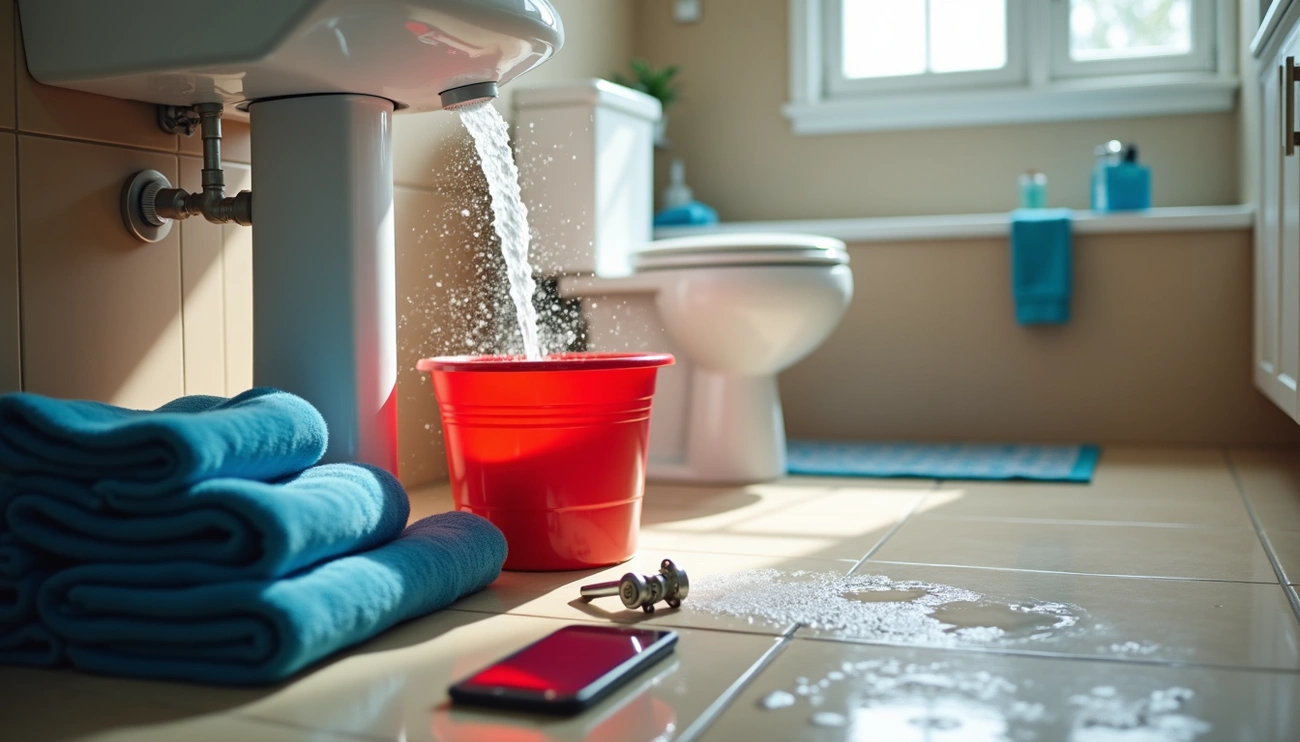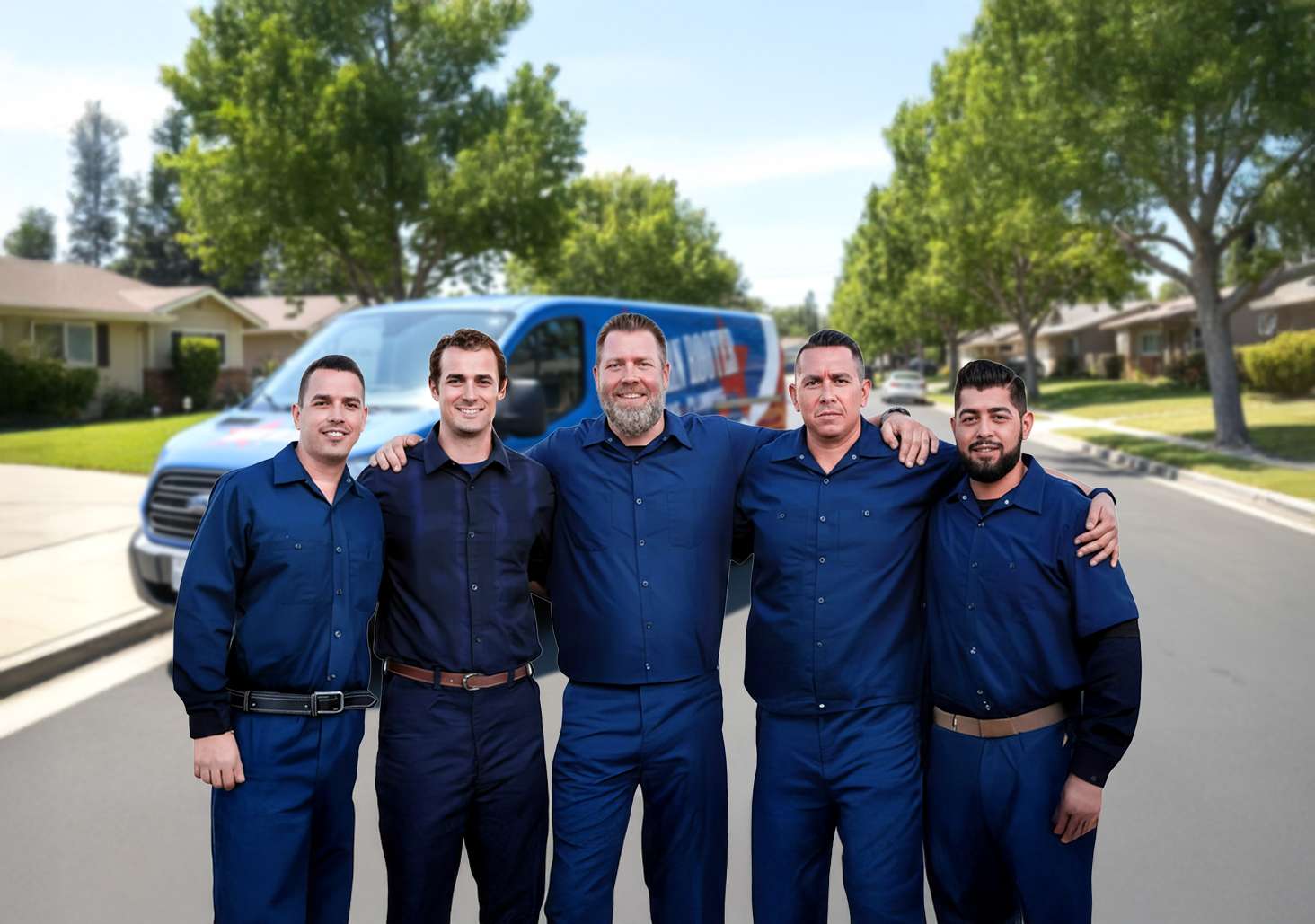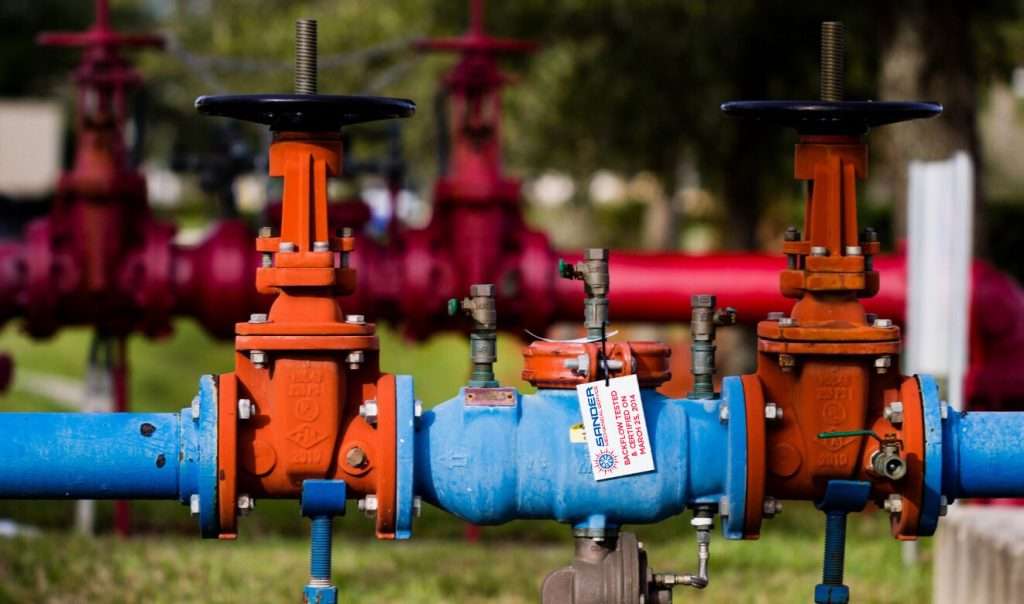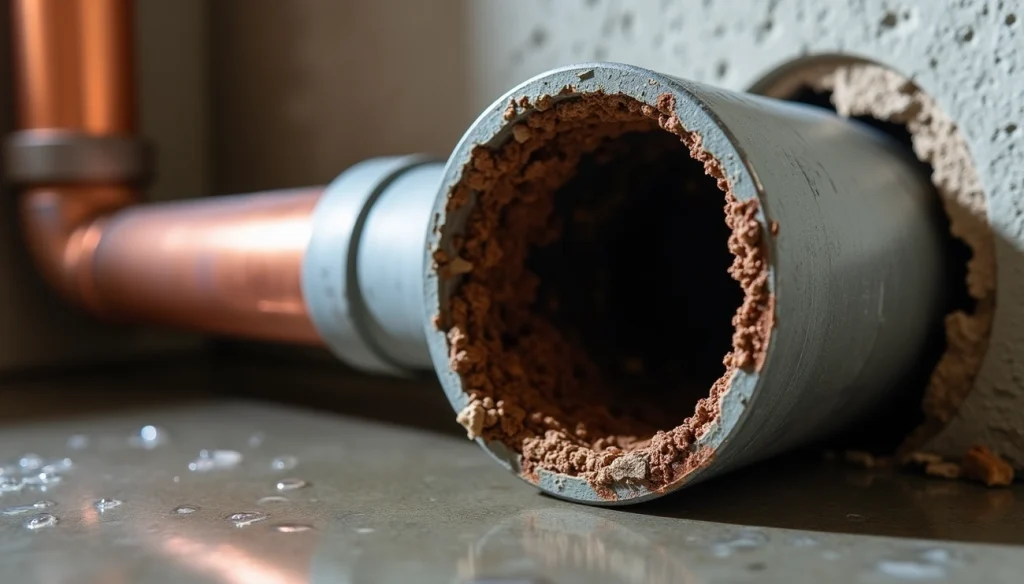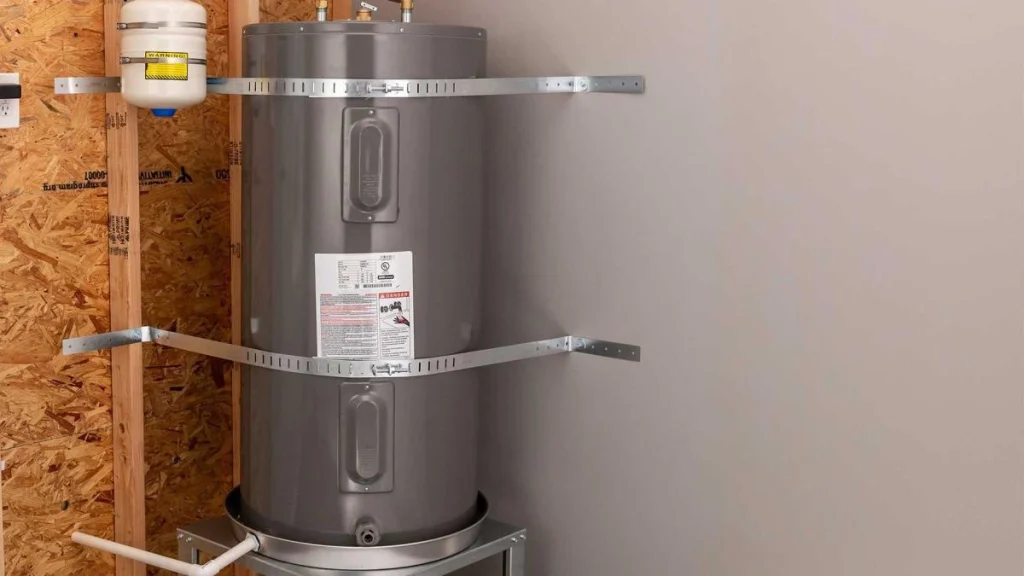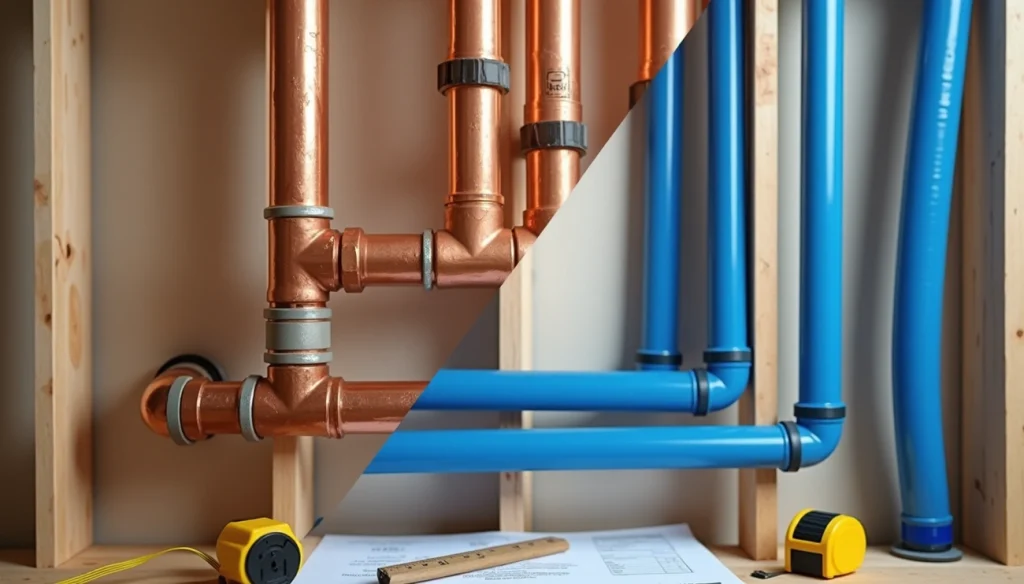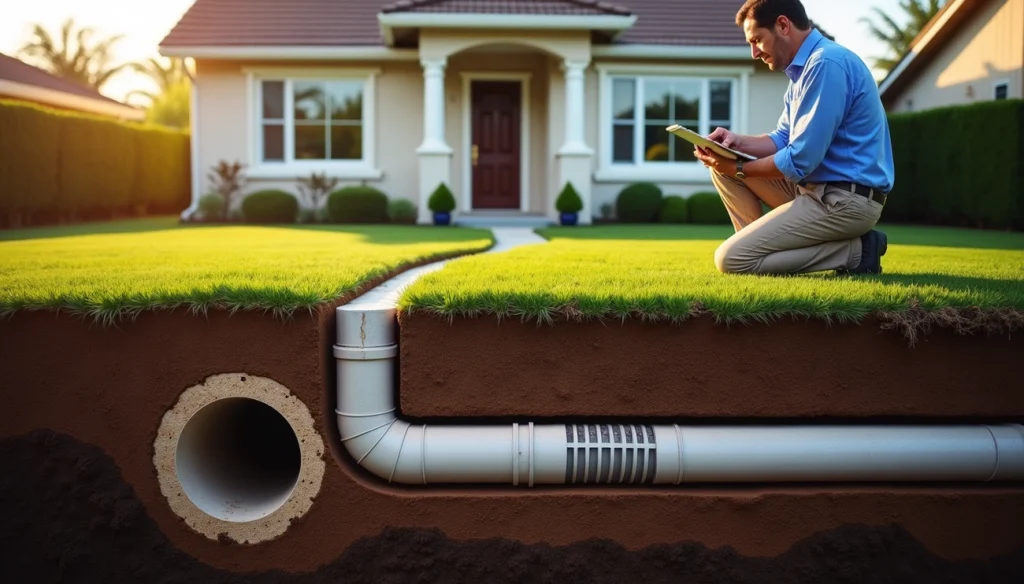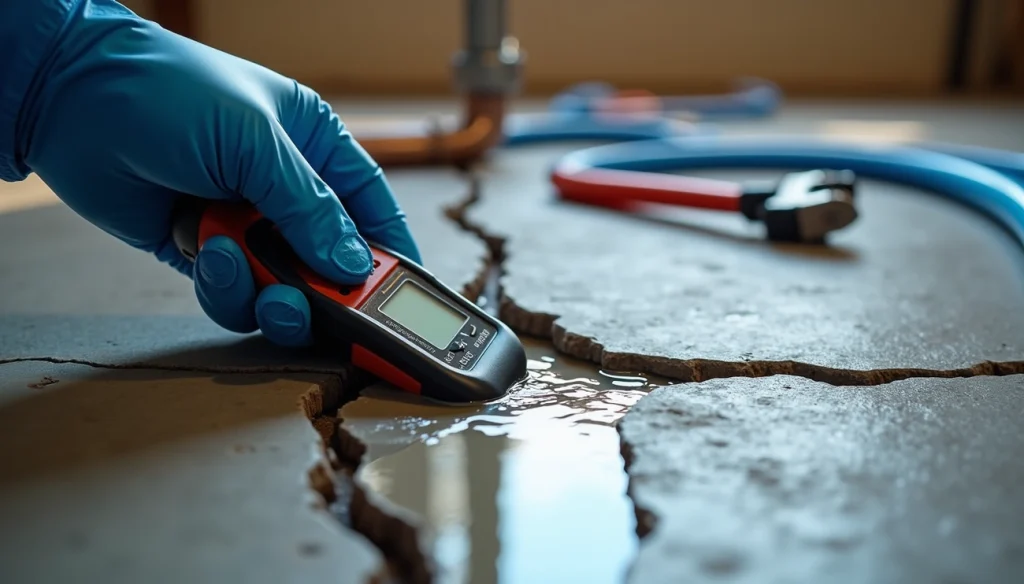Plumbing emergencies never seem to happen at good times. A plumber’s help becomes crucial as minutes tick by. Small leaks can turn into major water damage fast. Your water bills can skyrocket and waste a lot of water. Anyone would feel panicked in this situation.
You can take several key steps to limit the damage while your emergency plumber heads your way. These situations feel extra stressful because plumbing issues pop up at the worst times. The good news is that many plumbers work 24/7. These skilled professionals can fix your plumbing crisis quickly. Let’s look at some smart steps you can take before your local emergency plumber arrives. These actions could save you thousands in repairs and stop bigger problems from developing.
Stay Calm and Assess the Situation
A plumbing emergency can trigger panic. Take a deep breath – staying composed is your best defense against mounting damage.
Why staying calm matters in a plumbing emergency
Clear thinking and decisive action come from staying calm. Quick response time during a plumbing crisis reduces damage to your home. Panic often guides you to make poor choices that can make things worse. The best approach is to collect yourself and tackle the problem step by step.
Your quick thinking during these crucial moments can save thousands in water damage. The sort of thing I love about emergency response is how the right actions make such a difference. You just need to figure out if you’re facing a true emergency that requires professional help right away or if it can wait until regular hours.
How to quickly identify the source of the problem
The quickest way to find a plumbing problem is through careful observation and method:
- Look for obvious signs – pooling water, damp walls, or the sound of running water when no fixtures are in use
- Inspect common trouble spots like under sinks, around toilets, near water heaters, and along visible pipes
- Note any unusual sounds like hissing (potential gas leak) or gurgling (possible drain problems)
Water damage without an obvious source requires you to check for secondary signs like water stains on ceilings or walls, unexplained puddles, or mold growth. It’s worth mentioning that unusual odors often point to sewage issues that need immediate professional attention.
When to call a 24 hour emergency plumber
Some minor issues can wait until regular hours, but certain situations need a 24-hour emergency plumber right away:
- Major leaks you can’t control or stop completely
- Burst pipes causing significant water flow
- Sewage backups (which pose serious health hazards)
- Multiple drains clogging simultaneously
- No hot water (especially during cold weather)
- Gas-related issues with water heaters
Emergency plumbing services might get pricey compared to regular service calls, but this cost is nowhere near the potential thousands in water damage repairs. Waiting to call professional help with serious plumbing issues usually results in more extensive repairs later.
Shut Off Utilities and Stop the Water Flow
The next step after assessing the situation is to stop the water flow. Quick action can prevent major damage to your home and belongings. You need to locate your shut-off valves and learn how they work.
How to locate and turn off the main water valve
Your home’s main water shut-off valve serves as your first line of defense against serious water damage. Most homes have this valve located:
- In the basement or crawl space, usually a few feet from where the main water line enters your house
- Near the water heater or in a mechanical room (for homes without basements)
- Along an exterior wall, particularly in warmer climates
- In the yard near the street, possibly in an underground access panel
Main shut-off valves come in two common types. Gate valves have round wheel handles that you turn clockwise until they stop. Ball valves feature lever handles that need a quarter-turn until the handle sits perpendicular to the pipe. You should open a faucet after turning off the valve to make sure the water has stopped flowing.
Turning off electricity safely in wet areas
Water mixed with electricity creates serious dangers. Your safety depends on following these vital steps during a plumbing crisis:
- Never attempt to reach your breaker box if you must stand in water to do so
- Call your electric utility to shut off power at the meter if you can’t safely access your breaker box
- Leave any rooms where you hear buzzing, crackling, or see sparks
- Keep children away from all electrical appliances in flooded areas
- Make sure electrical tools stay at least 10 feet from wet surfaces
Using fixture-specific shut-off valves
You can often handle isolated leaks without cutting off your home’s entire water supply by using fixture-specific shut-off valves:
Toilet valves: Look behind the toilet near the floor where the water supply line connects to the wall
Sink valves: Check under the sink cabinet – you’ll find separate valves for hot and cold water
Appliance valves:
- Washing machine: Located behind the unit with separate hot and cold valves
- Dishwasher: Usually under the kitchen sink on the hot water line
- Refrigerator: Typically behind the unit or in a nearby cabinet
Professional plumbers suggest labeling all your valves clearly. Regular testing ensures they’ll work properly when you need them most.
Control the Damage Before Help Arrives
Your next priority after stopping the water flow is damage control while you wait for your 24 hour emergency plumber. These steps can save you thousands in repair costs.
Drain faucets to relieve pressure
Start by opening all faucets in your home to drain remaining water from pipes. Begin with the lowest faucet and work your way up – gravity will help move water out faster. This action releases built-up pressure in your plumbing system and stops additional leaks.
Move furniture and electronics to safety
Your valuables need protection right away. Move furniture away from wet areas, especially when you have wood or upholstered pieces that soak up moisture. Here’s what to do with electronics:
- Disconnect from power supplies (only if area around electrical panel is dry)
- Move TVs, computers, and other devices to higher floors or dry rooms
- Place smaller electronics in sealable plastic containers with taped lids
Use towels, mops, or a wet vac to remove standing water
Standing water can damage your floors severely. Grab towels, old sheets, or blankets to soak up puddles before water spreads to other rooms. Wet/dry vacuums are a great way to get rid of larger amounts of water.
Ventilate the area to prevent mold
Air circulation is vital – open your windows and doors. Position fans around the space and run dehumidifiers to remove moisture. Quick action matters because mold starts growing within 24-48 hours of water exposure.
Turn off the water heater if needed
Hot water line problems require shutting down your water heater. Electric heaters need their power cut at the breaker. Gas models need their thermostat set to “pilot” or their gas supply turned off. These steps prevent pressure buildup that could harm the unit.
Call your local emergency plumber right away if things seem out of control.
Prepare for the Emergency Plumber’s Arrival
Here are some proactive steps you can take before your emergency plumber arrives. These steps will make their job easier and help reduce repair costs.
Take photos and notes for insurance
Your smartphone can document the damage right away. Take clear pictures of affected areas and damaged belongings as significant evidence for insurance claims. Make sure to record when you first noticed the problem.
Avoid using plumbing fixtures
Do not flush toilets, run taps, or use appliances connected to your plumbing system. These actions could make the problem worse or create new issues that your 24 hour emergency plumber will need to fix.
Contain minor leaks with buckets or tape
Small leaks need buckets placed underneath to collect dripping water. You can temporarily wrap pipe leaks with electrical tape or plumber’s tape clockwise. In spite of that, these fixes will only work until your local emergency plumber arrives.
Clear access to the affected area
The plumber needs easy access to the problem area. Move any furniture, storage items, or personal belongings that might block access to pipes, fixtures, or utility connections.
Communicate clearly with your local emergency plumber
When you call an emergency plumber service, give them all the details about the issue. Tell them when it started, what steps you’ve taken, and mention any unusual sounds or smells. This helps them bring the right tools and parts when they arrive.
Conclusion
Plumbing emergencies need quick action to prevent major damage to your home. These steps will help you handle the situation until your emergency plumber arrives. Your knowledge of water supply shut-off could save thousands in potential water damage repairs.
Good preparation for your plumber’s arrival makes the repair process smoother and could lower both time and costs. Insurance photos, clear access to affected areas, and good communication about the problem lead to faster solutions.
Note that temporary fixes might control immediate damage, but complex plumbing issues need professional solutions. Quick response times depend on keeping emergency plumbing contacts easily available in your home.
A plumbing crisis can feel overwhelming, but your quick thinking and right response make a huge difference. You can minimize how plumbing emergencies affect your home and family by staying calm, stopping water flow, controlling damage, and being prepared.
Call Western Rooter today for a free estimate! Our experienced emergency plumbers are ready 24/7 to solve your plumbing emergencies with fast, professional service throughout Los Angeles and San Bernardino Counties.


